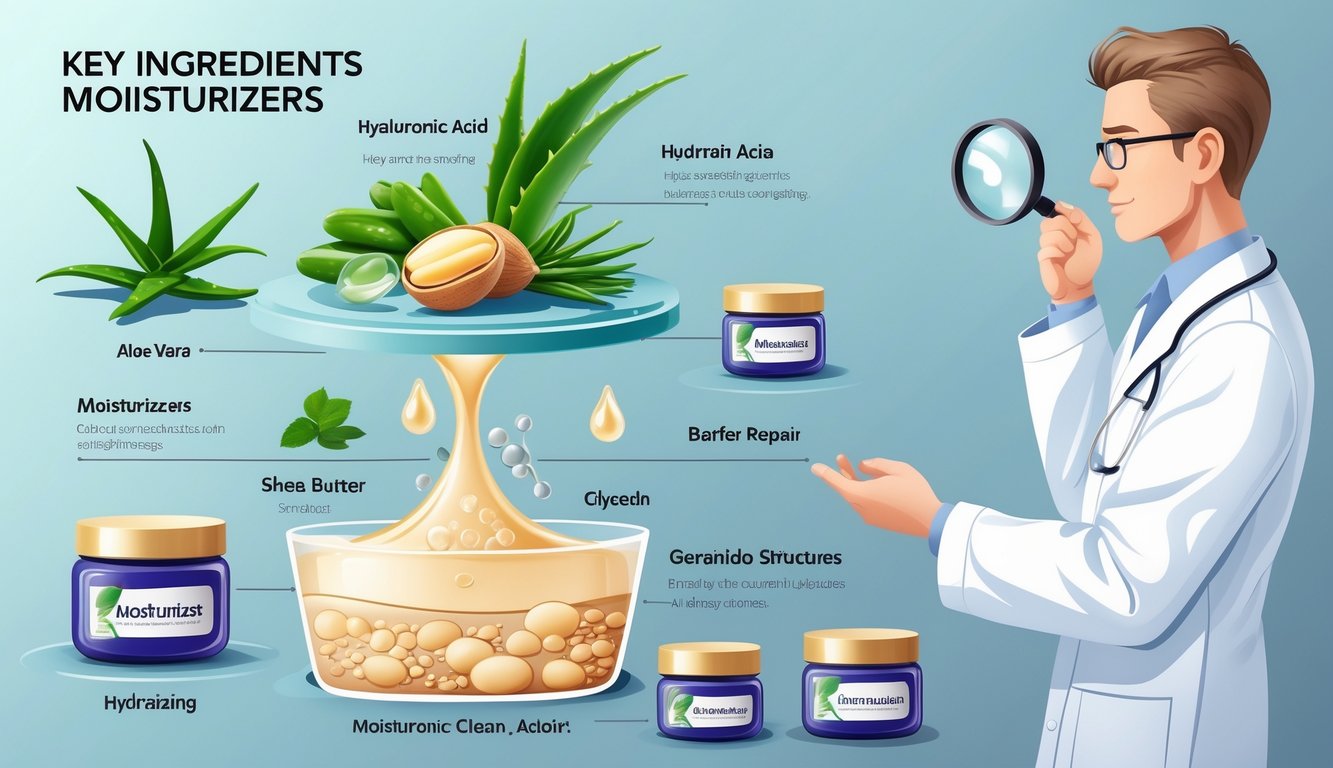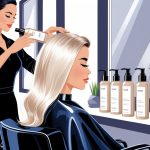Moisturizer Brands Making Big Promises Dermatologists Now Question
Key Ingredients in Moisturizers and Their Functions

Every time I crack open a new face cream—hoping maybe this one will finally do something—I read the label and get déjà vu. “Boosting, plumping, smoothing, reviving”—like they threw skincare buzzwords in a blender. If you see hyaluronic acid or squalane, congrats, you’re being sold the same story as last year. Water, oil, and “miracles.” I’ve watched enough dermatologists wince at these promises to know: most of the time, it’s just basic skin comfort, not a revolution.
Humectants: Hyaluronic Acid and Glycerin
Okay, let’s just say it: “Moisturized” skin can straight-up get drier if you pick the wrong humectant. Hyaluronic acid—sounds like something out of a sci-fi movie, right? Everyone shouts about it holding 1000 times its weight in water, but if the air’s dry, it just yanks water out of your own face. Not exactly what I signed up for. Glycerin, though? Nobody ever brags about it, but it’s in practically every drugstore moisturizer because it grabs water from the air and, weirdly, from deeper skin layers too.
I once splurged on a hyaluronic acid cream—fancy, overpriced, and my skin peeled like a clementine in January. Useless. Even Paula’s Choice (they’re everywhere) points out you need humectants, antioxidants, and emollients if you want to actually help your skin barrier—here’s their take. People who just say “add water” clearly never lived through a New England winter. Humectants behave totally differently depending on humidity, and I swear, every skincare forum is full of people missing that detail.
Occlusives: Squalane and Shea Butter
Squalane. That word makes me picture an oil spill, but no, it’s actually lightweight. Dermatologists love to mention that it’s basically a twin to the stuff your own skin makes, so it usually doesn’t cause chaos. Occlusives just slap a lid on your skin so water doesn’t escape. They don’t add anything, just trap what’s already there. But if you go overboard or you’re acne-prone, hello clogged pores.
Shea butter? I had a phase—smelled like fudge for a month. It’s a classic, but if you’re allergic to nuts, forget it. The thing is, these heavy occlusives feel amazing at first but can totally wreck breakout-prone skin. Oily folks get stuck: need moisture, don’t want breakouts. Here’s a decent breakdown if you’re confused. If your skin’s flaking off, occlusives seem like a miracle, but if you wake up with a breakout, yeah, been there.
Emollients: Ceramides and Botanical Extracts
Ceramides are confusing—do we “restore” them or “replenish” them? Brands can’t agree, and I’m not convinced they even know. They fill gaps between skin cells, smooth things out, and supposedly calm irritation. Personally, I trust ceramides more than most things; I read a 2018 study that said they help eczema after four weeks. But if a product throws in harsh alcohols with its ceramides, it’s pointless.
Botanical extracts—Japanese wild rose, licorice, whatever—sound nice, but sometimes I wonder if they’re just there for the label. I mean, I’ve used “natural” creams and ended up covered in hives, so yeah, patch tests are my friend now. Some plant stuff, like soy proteins, might boost radiance or help with environmental stress, but if your barrier’s wrecked, botanicals aren’t gonna save you.
Antioxidants, Peptides, and More
I roll my eyes every time I see “antioxidant complex” in gold letters. Vitamin C, E, ferulic acid, green tea—they’re supposed to protect against pollution, UV, all that. Supposedly. But honestly, the results never match the hype. Peptides? Dermatologists say they help skin structure, maybe even collagen, but you’re not waking up with baby skin.
I’ve seen moisturizers brag about “rare antioxidants” or “super peptides.” Honestly, unless the formula’s nailed and the concentration’s right, it’s just marketing. The best I’ve seen? Simple formulas with antioxidants and peptides, paired with the basics like hyaluronic acid or ceramides. They work, just not like a magic trick. These extras are backup dancers, not the headliner.
What Dermatologists Are Now Questioning
Fifty brands screaming for my attention—like I need more confusion in my life. Every bottle says “clinically proven,” but ask a dermatologist and you’ll get a shrug and a lot of clinical mumbo-jumbo. Sometimes I wonder if my skin is just a pawn in the beauty industry’s endless chess match.
Are Ingredient Concentrations Clinically Effective?
Wild thing: half the stuff on my shelf, $60 a jar, lists niacinamide, peptides, walnut extract. Dermatologists keep grumbling about whether there’s even enough of the active stuff to get through the top layer of skin. Dr. Brooke Jeffy, who’s seen more ingredient lists than I’ve seen TikToks, says the label “science-backed” almost never matches the concentrations in real best face moisturizer studies.
Some brands shout “2% hyaluronic acid” or “retinol inside!” but did anyone mention the studies used way more? If “dermatologist recommended” means a sprinkle in a vat, what’s it supposed to do? Does the FDA even care? I have no idea. There’s zero oversight for cosmetic concentrations.
Last week, my friend’s “medical-grade” cream stung like a cheap face mask, but supposedly had the same ceramide levels as a clinical product she can’t afford. I bet my boring CeraVe matches the research way better, which is probably why dermatologists keep recommending it.
Claims About ‘Visible Results’ and Timelines
Sunday, scrolling Instagram, I see “7 days to new skin!” and I want to throw my phone. My priciest moisturizer claims “visible hydration in 24 hours”—all it does is plump things up for a bit, then back to reality. Nobody mentions how fast the placebo effect kicks in after you drop $100 on a jar.
Double-blind studies? The Dermatology Review says they barely check “radiance” or “firmness” with real-world use. They toss around “statistically significant” and “consumer-perceived improvement,” but don’t say how long it takes or what it actually means.
Ask a brand rep about results, and they just say “it varies.” What about people with oily skin? Or eczema? “Results in 1 week” means nothing when skin changes at its own pace. The boring, dermatologist-approved stuff never promises miracles and somehow works better for me anyway.
Safety and Long-Term Use Concerns
Two years ago, my cousin’s bathroom was stacked with “dermatologist approved” creams—loud labels, acrylates, fake fruit acids, all promising smoother skin. She ended up with eczema. I hear this all the time: high-actives, weird botanicals, mystery peptides, and after a few months, everyone’s skin barrier is trashed.
A dermatologist on CBC once mumbled about endocrine disruptors in poorly-tested creams, but brands still slap “dermatologist tested” on everything. For daily use, it bugs me that there aren’t real, long-term studies. No moisturizer—especially the expensive ones—has any evidence for decades of use. Try explaining that to someone at Sephora; they just want to check out.
Best drugstore moisturizers keep topping lists because they’re simple: glycerin, petrolatum, ceramides, no weird extras. My “adaptogen blend” experiment? My skin flaked off, the brand refunded me, and nobody explained a thing.



